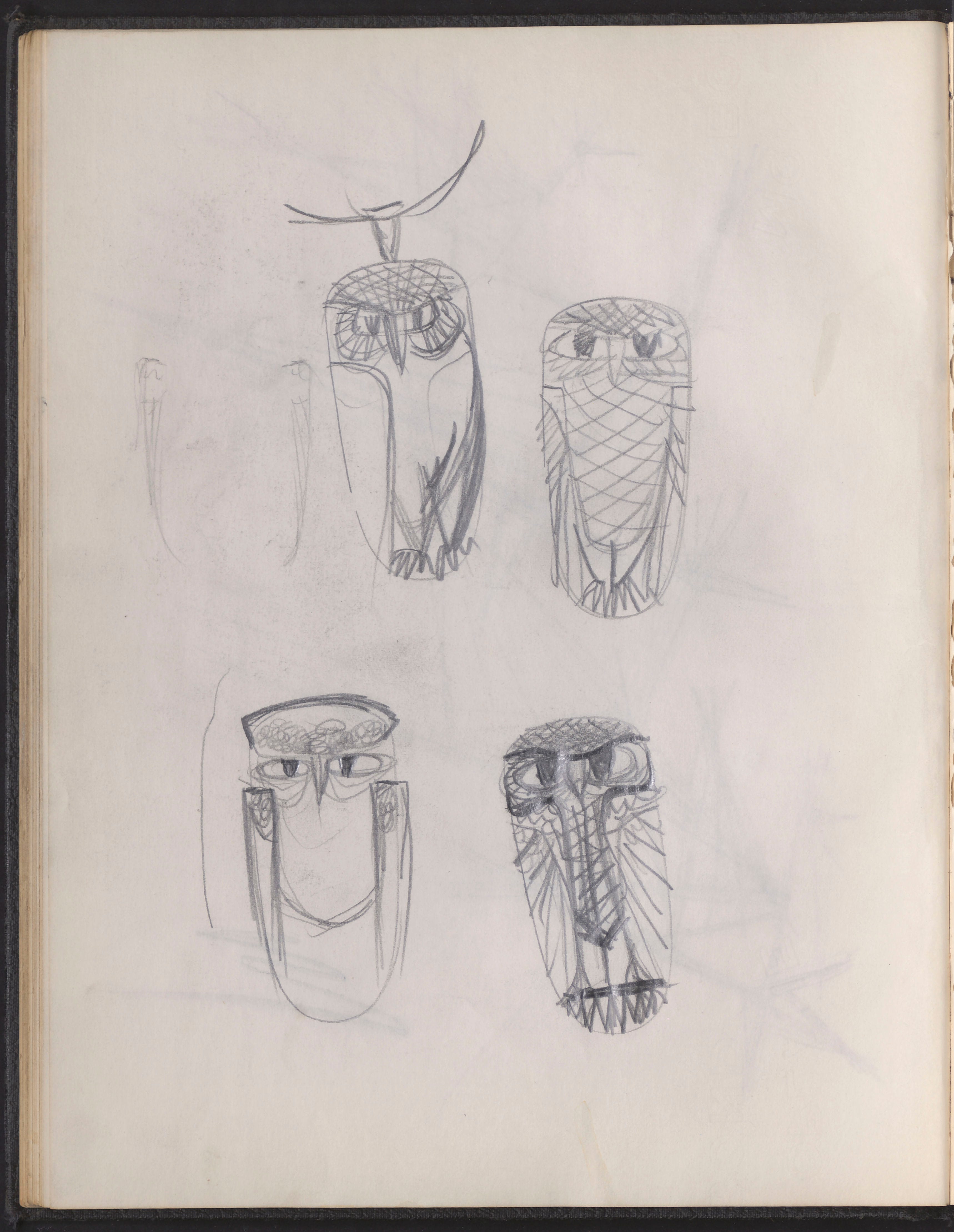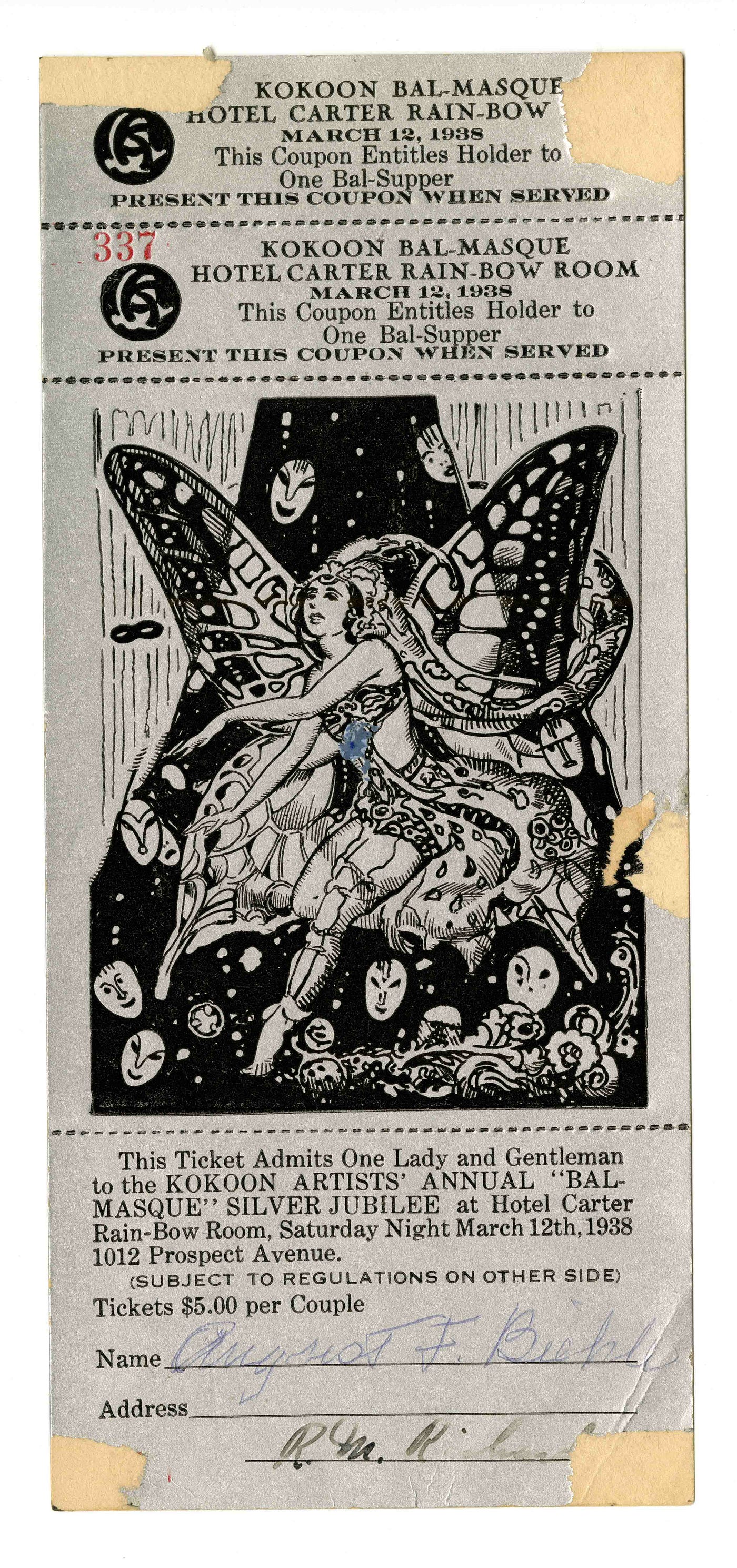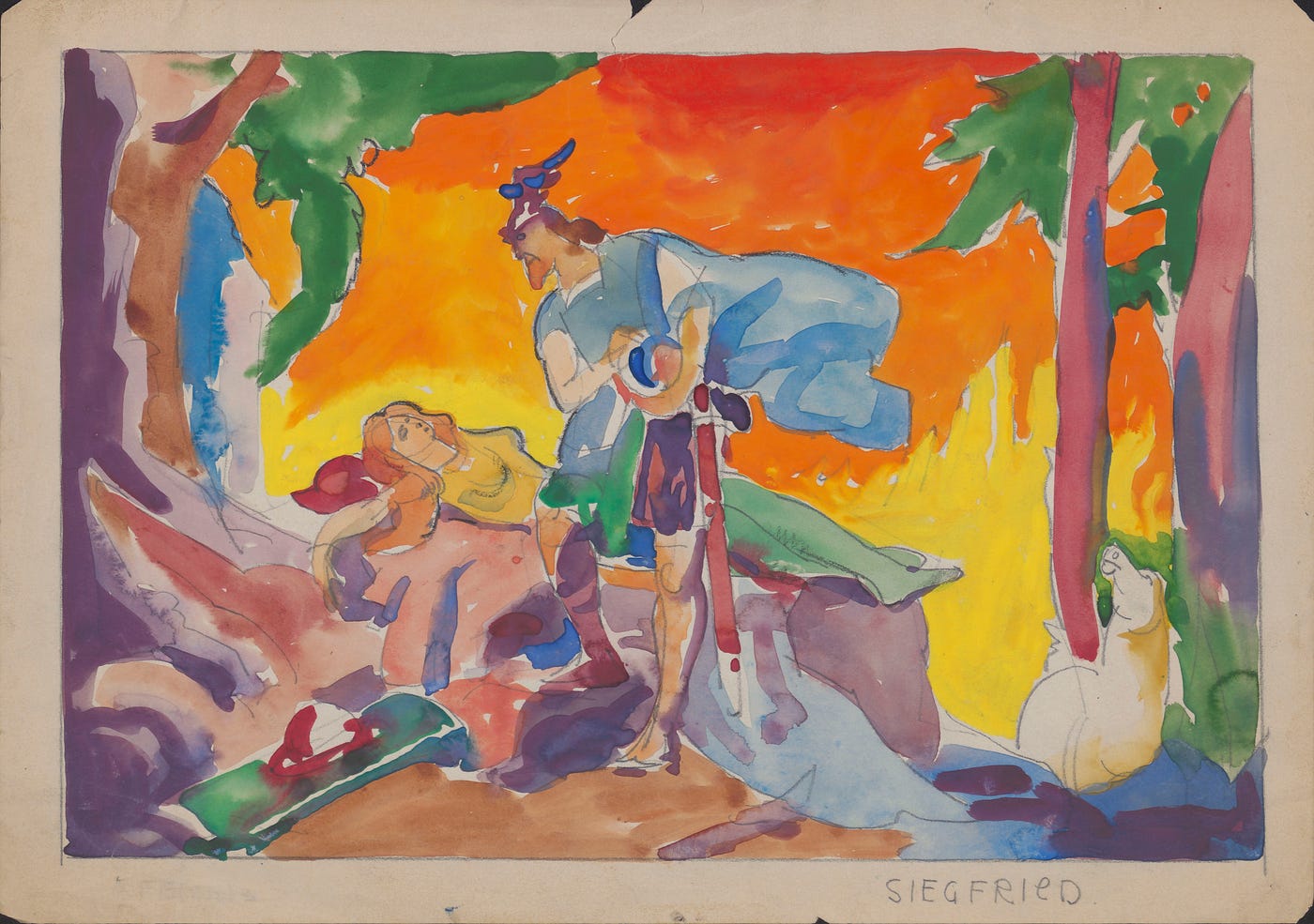
Artists’ Collections in the Archives: Digitizing Cleveland’s Artistic History | by Cleveland Museum of Art | CMA Thinker | Sep, 2022
By Sara Kunkemueller, Digitization Intern, Ingalls Library and Museum Archives
This summer season, I joined the Ingalls Library and Museum Archives as a digitization intern. My operate included various assignments, from updating metadata to scanning books for the World wide web Archive, but substantially of my time was focused to digitizing artists’ collections in the archives. The initial products I scanned ended up John Paul Miller’s sketchbooks.
Miller (1918–2013) was a renowned Cleveland jeweler. Acquiring graduated from the Cleveland Institute of Art (CIA), he returned right after Army support in Planet War II to join the school’s personnel as a professor. At the similar time, he began producing pieces for area jewelry retailer Potter & Mellen. Even though Miller was skilled in industrial style and expended his profession centered on jewellery, he also harbored a deep enjoy for watercolor and created both equally images of his travels and a selection of movie products. For the duration of his tenure at the CIA, long lasting additional than 40 a long time, he taught all these topics. Miller’s operate has been acquired by a lot of non-public collectors as perfectly as by the Cleveland Museum of Artwork (CMA) and the Renwick Gallery, among the many others.
Miller is recognized for his use of granulation, a system greatest regarded from archaeological jewelry. By the granulation method, very small beads of metallic are affixed to a bigger variety with no soldering. Miller used granulation to generate highly sophisticated surface textures and patterns. Focusing on equally geometric abstractions and real looking animal and insect forms, Miller’s use of granulation lends his system of perform an in general stylistic coherence, weaving a modernist aesthetic into normal surfaces. His sketchbooks are loaded with repetitive drawings, exactly where Miller performs with the kind of the granulation sample. Because Miller’s sketches are reasonably close in size to his closing solutions, there are a lot of parts in the CMA’s assortment, in the archives’ May possibly Exhibit data, and in other art galleries that can be matched practically precisely to these web pages.



Miller’s sketchbooks augment his body of operate with in depth notes on construction, such as experimental notes designed in the workshop. Several are crammed with metallic dust, and even compact scraps of discarded gold, suggesting that they lived on his workbench and that types were subject to revision during creation. In a single occasion, Miller wrote out instructions for a quick movie pursuing the creation of one of his parts, leaving at the rear of a meticulous record of his system. Along with rates and other data, the within covers often have a checklist of names or titles indicating which functions of his had been commissioned, designed for a certain demonstrate, or generated in series. Within sketchbook 19, there is also a lengthy handwritten insurance plan appraisal detailing the trivia of a piece’s design, from products to approaches. All of this is applicable to long term collectors and conservators of Miller’s operate, but it also preserves his comprehensive awareness of metalworking and could probably serve as a training help. Miller’s sketchbooks include a wealth of data about his parts, his instructing tactics, and his private and specialist interests.
All 32 of Miller’s sketchbooks are now obtainable on the CMA Archives’ electronic collections. Also available to check out are detailed renderings of his rings and pendants, photos from his trips to California and Antarctica, and visuals of his functions from the Might Present collection.
The remainder of my internship concentrated on the archives’ August F. Biehle Assortment, composed generally of sketch elements relating to several media and jobs during Biehle’s prolific profession. A son of German immigrant and ornamental artist August Biehle Sr. (also represented in the digital archives), Biehle (1885–1979) was a Clevelander who contributed immensely to the city’s booming creative character in the early 20th century. Soon after completing his artwork training in Germany, Biehle returned to Cleveland just as it was reaching its peak of creative innovation and began doing work at the Otis Lithograph Firm. Above the training course of his career, he produced incredible adverts, murals, and paintings and grew to become just one of the most well known Cleveland university artists.
Biehle was also a member of the city’s preeminent eclectic artwork organization, the Kokoon Arts Club. He brought with him both of those inventive talent and inspiration, possessing seen an influential exhibition of Der Blaue Reiter (The Blue Rider), a German Expressionist team, in Munich in 1912. This educated Biehle’s possess modernist is effective and, in change, proved to be a stylistic influence for other club associates. The archives’ selection has a variety of Kokoon Club objects, such as posters for club events, publication products, and ticket designs for the club’s famous and lascivious balls. The Kokoon Club authorized Biehle to experiment with his formal artistic schooling, and the interaction in between the club’s flourishing modernists encouraged him to delve into a wide range of kinds, like the developing Artwork Deco and Cubism actions.

Of unique be aware in the Biehle selection are sketch materials relating to murals he generated for many notorious buildings across the town, like the Kokoon Club, the Hofbräuhaus, and Herman Pirchner’s Alpine Village Theatre Restaurant. These mural sketches, normally rendered loosely in gouache on paper or board, are hanging not only since of their natural beauty but also mainly because really couple of visual data of the murals continue being. The Kokoon club, for case in point, featured a number of Biehle will work on its walls in the course of its heyday. Nonetheless, just after the club’s decline and disbandment in 1956, Biehle’s murals were being demolished with the creating. This is also genuine of his substantial work in Pirchner’s Alpine Village, notably Biehle’s depictions of fantastical scenes and traditional times from opera and theater. His impact extended to the Eldorado Club over the cafe, the place Pirchner hosted renowned company. In 1996, on the other hand, that construction was razed as perfectly. Though there are some photographic records made up of Biehle’s demolished mural performs, they are generally focused on society activities and the individuals who frequented the spaces somewhat than on the artwork by itself. The sketch renderings of Biehle’s murals are some of the finest remaining documentation of his presence all over influential properties in the metropolis.

Further than Cleveland, Biehle represents a marvelous encapsulation of the explosion of inventive innovation in the early 20th century. Stylistically adventurous, Biehle’s passions shifted about the class of his career. He was a gifted ornamental artist, getting apprenticed underneath his father, and his lithographs ended up in direct conversation with other critical advertisers of his age. Biehle’s commercial operates consist of amazing studies of his peers’ creations, these kinds of as various layouts for the Arrow Collar adverts that created American artist Joseph Christian Leyendecker (1874–1951) famed, as properly as quite a few observational scientific tests that show the depth of his formal education. Biehle’s prints had been at the forefront of the change from Art Nouveau to Artwork Deco. In the later on sections of Biehle’s vocation, his paintings took on a placing Cubist design and were being imbued with the dynamism of Futurism. His lots of talents make him an excellent instance of the strength of Cleveland’s creative scene at its peak.
Biehle’s other operate consists of a wide range of vibrant painted landscapes encouraged by Cubism. The CMA holds in its collection a single these types of painting as perfectly as will work on paper by the artist. To see the Biehle selection on the web, you should take a look at https://digitalarchives.clevelandart.org/digital/selection/p17142coll15.
